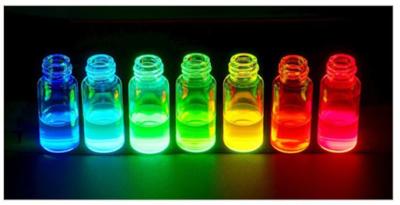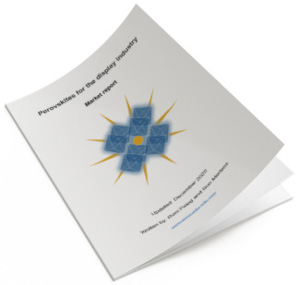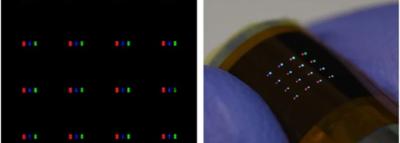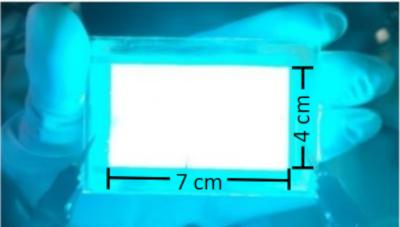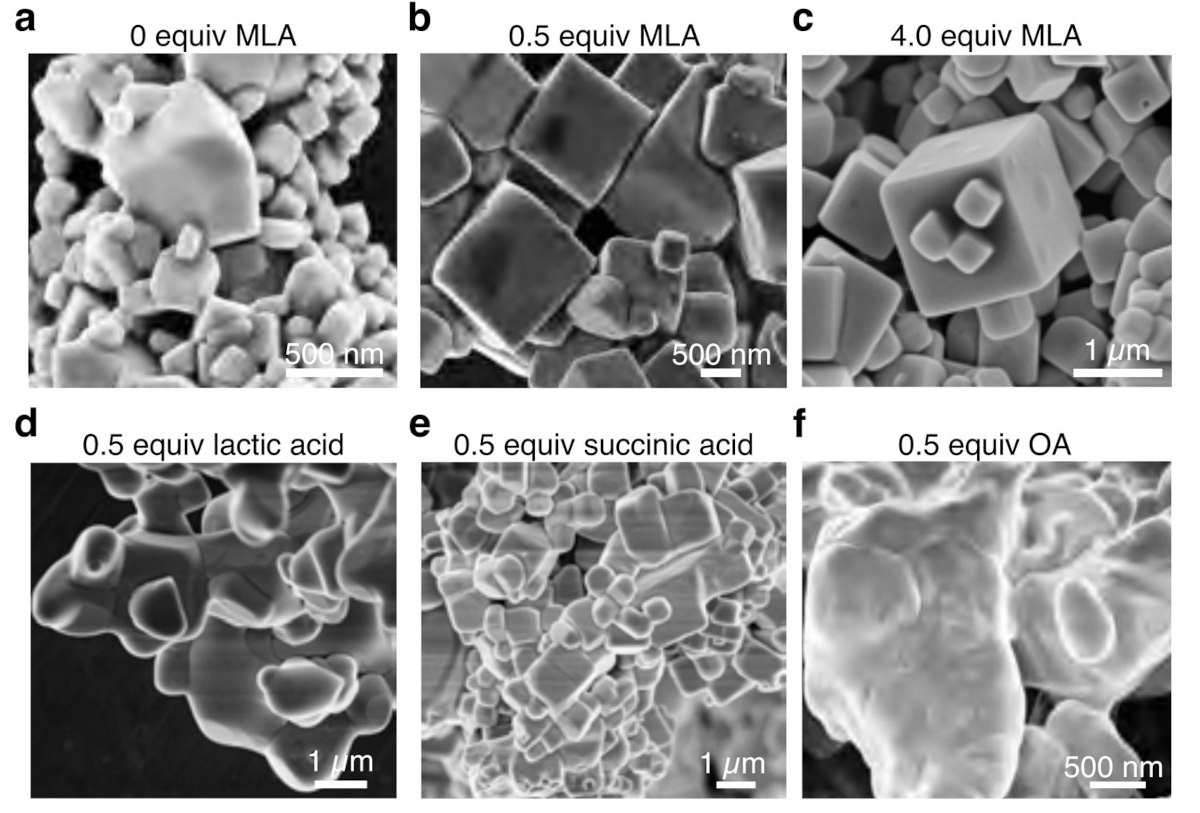Canon develops perovskite quantum-dot inks for use in next-gen displays
Canon has announced that it has developed perovskite quantum-dot inks for use in next-generation displays, with improved durability and potential for application in high-image-quality displays.
Quantum dots are semiconductor nanocrystals that measure only a few nanometers in diameter and can emit light with high brightness and high color purity. Displays with quantum-dot technology are attracting growing attention due to their wide color gamut that makes possible high visual expressiveness. Therefore, quantum dots for display is sought to achieve higher color purity and higher light utilization efficiency. In addition, though cadmium (Cd) has thus far been the preferred material for quantum dots, due to environmental concerns, there is a growing interest in Cd-free materials.
